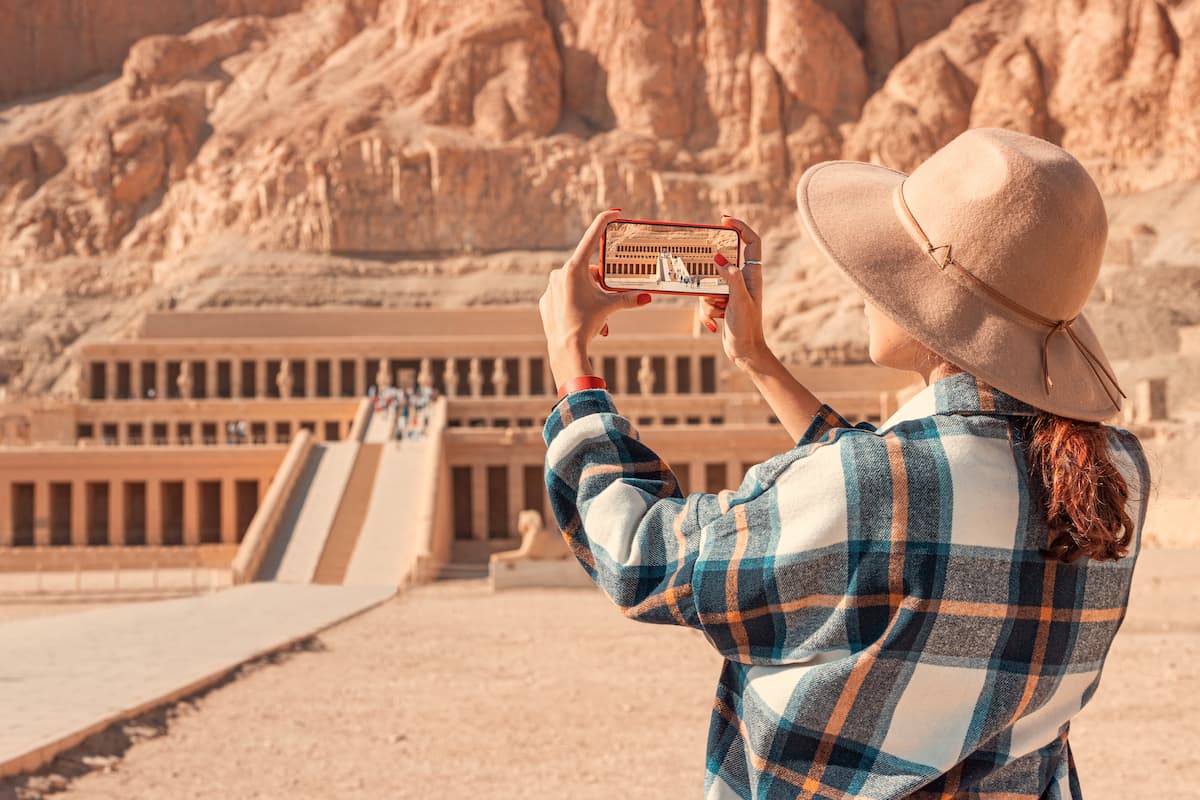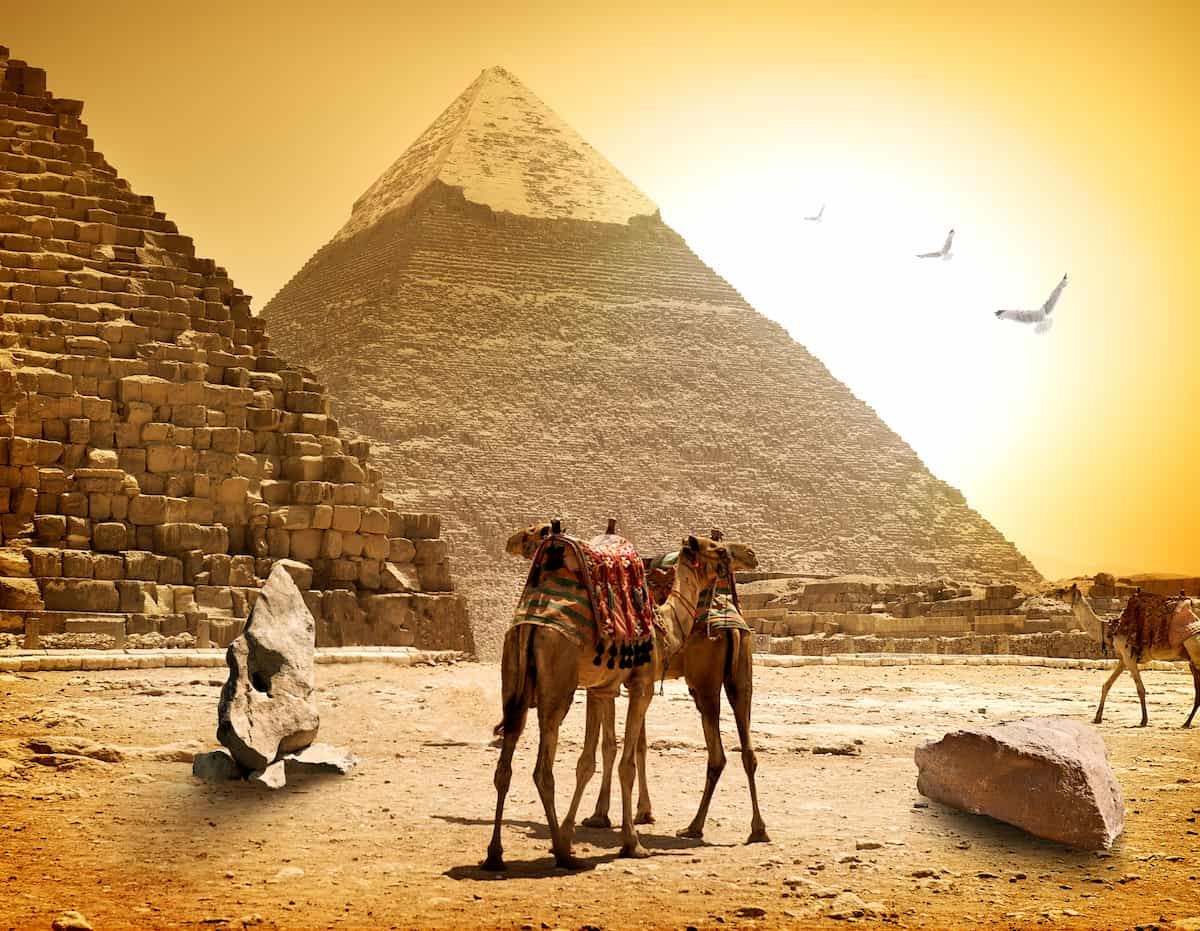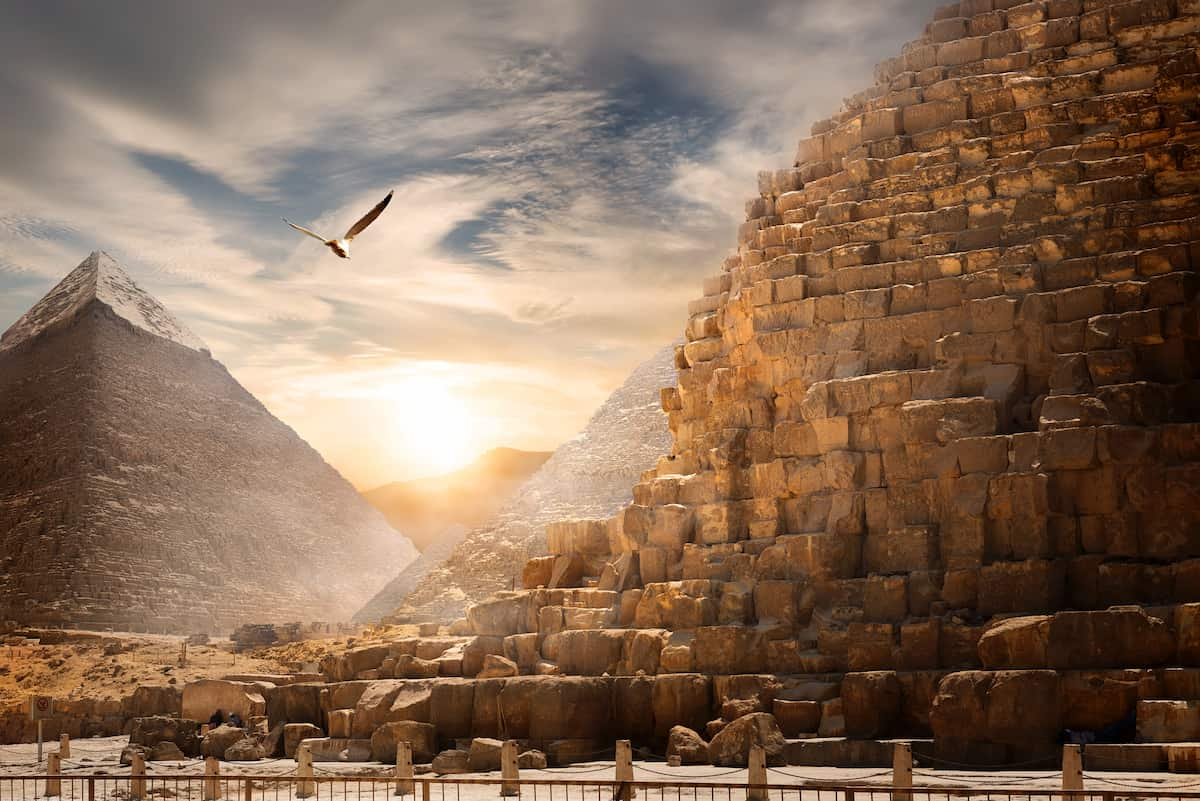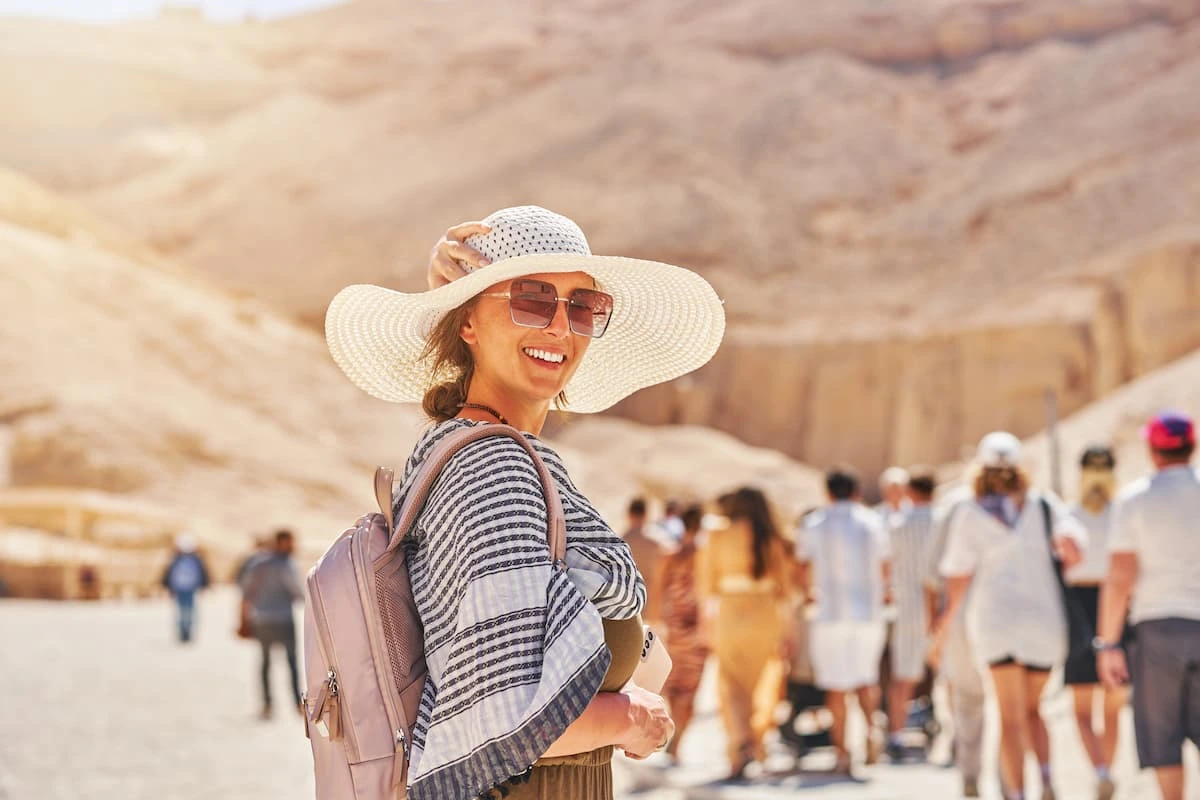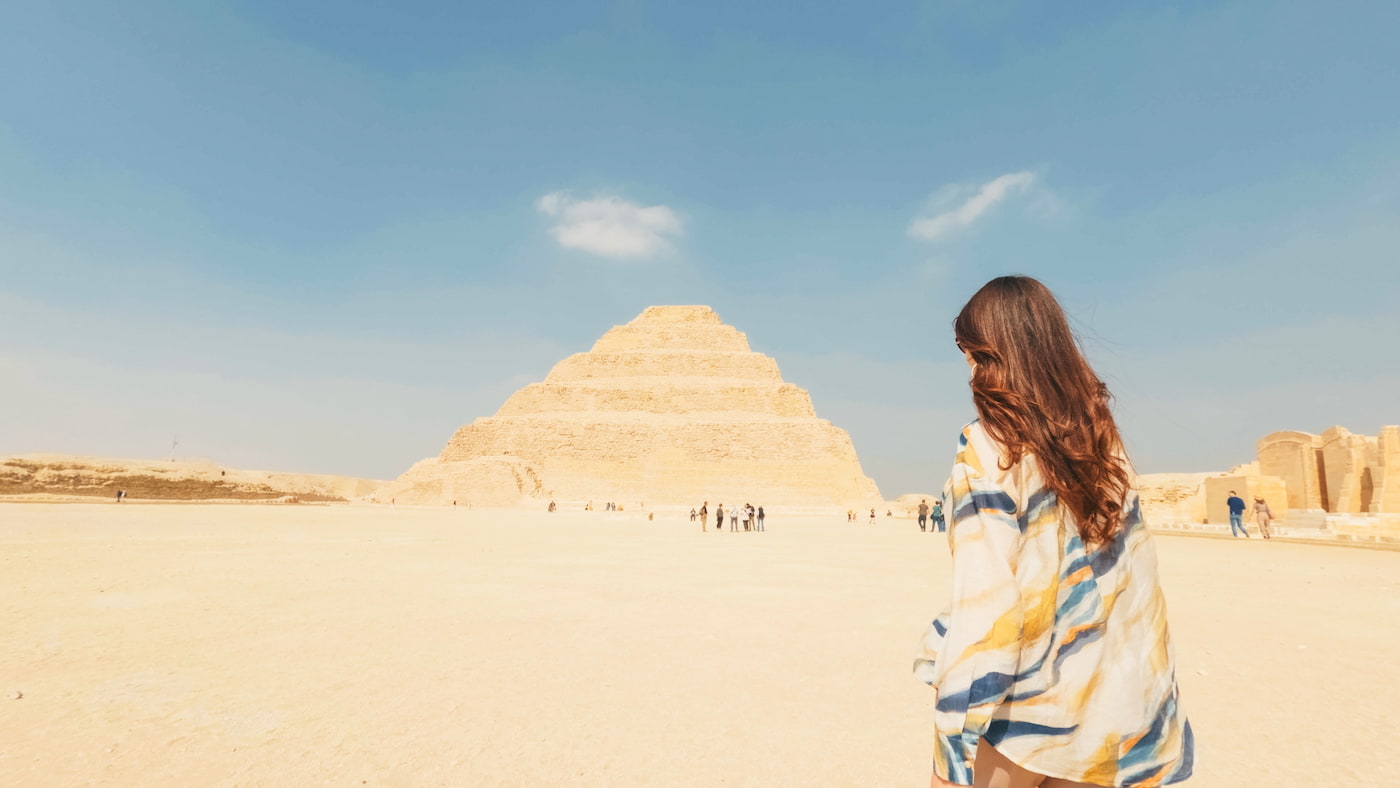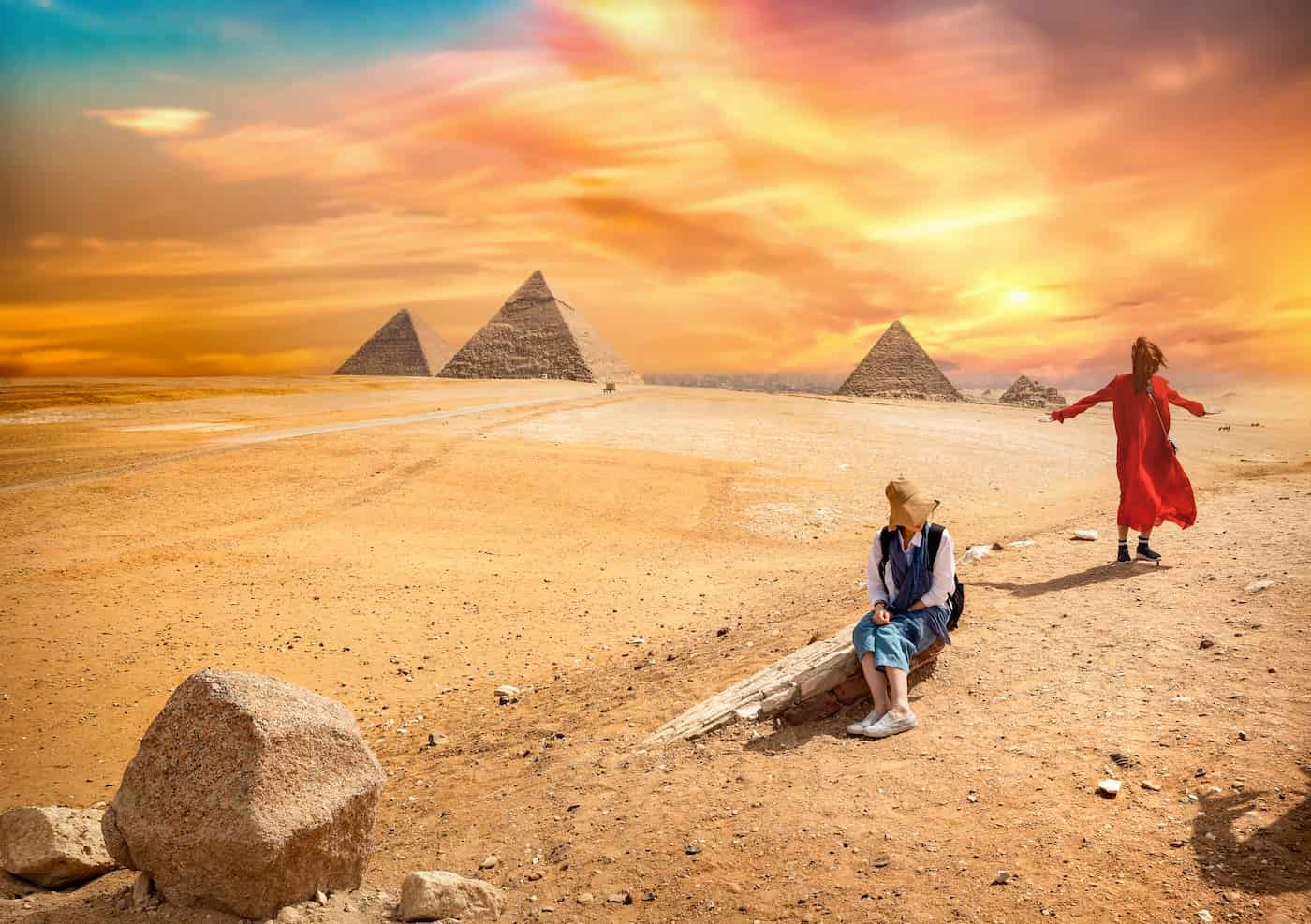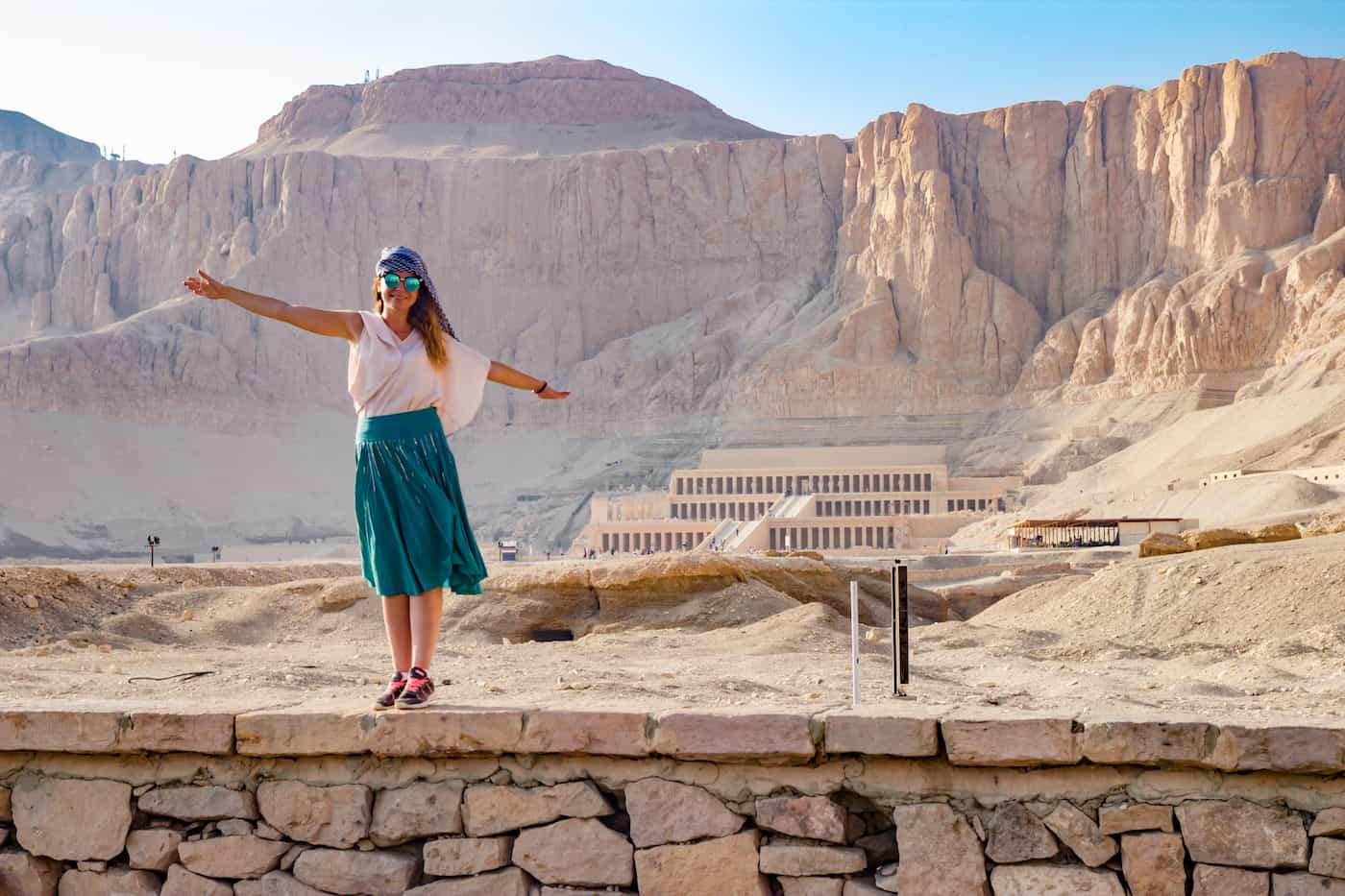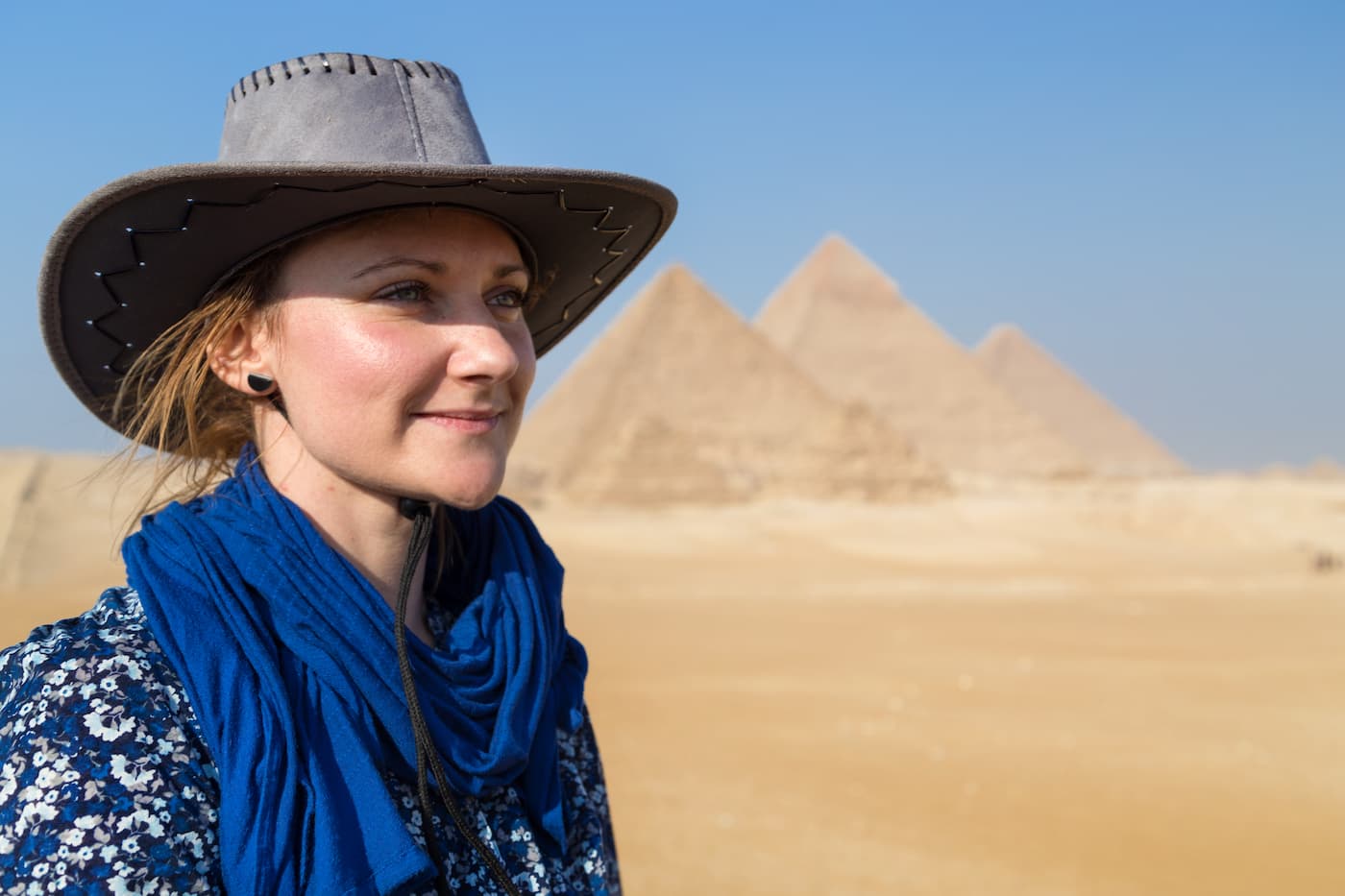Where Was Ancient Egypt Located?
1Where in the World Was Ancient Egypt Located?
There is no doubt that Ancient Egypt was one of the most famous civilizations in history. Moreover, this great civilization is famous for its impressive Ancient Architecture, Epic Battles, Great Pharaohs, and long-lasting establishments, such as the Pyramids. But the question is, Where Was Ancient Egypt located? Many people know about the wonders of Egypt, but they might not know where this great civilization began. In this short topic, we will take a closer look at the land of ancient Egypt. Moreover, where it was located, how the Nile River shaped it, and how its border kept it safe. Let’s explore the real-world location of a land that still amazes us today.
🌍 Where Exactly Was Ancient Egypt located Exactly?
Ancient Egyptian civilization was located in the northeast part of Africa. It was developed along the Nile River, from the Mediterranean Sea down to what today corresponds to southern Egypt. This region was known as the Nile Valley and the Nile Delta. The soil near the river was very fertile for standing crops, so people were able to grow food and build strong cities. Due to its location, Egypt became a mighty and wealthy civilization. Today, the greater part of the ancient Egyptian land lies in the modern state of Egypt, where several of its monuments and temples are still visible, and you can see them there.
🏞️ The Importance of the Nile River
The Nile River was the central part of life in ancient Egypt. It gave the people water to drink, water for irrigation and farming, and a way of transporting goods and trading. The river floods every year, leaving rich soil to grow the crops. Grains would be produced abundantly, thus making the people feed themselves. Most towns and cities were built close to the river. It was the connection between the north and south parts of Egypt. If anything had stopped the civilization of Egypt, it was the absence of the Nile. Everything in ancient Egypt derived its life from the river.
🏜️ Natural Borders of Ancient Egypt
Ancient Egypt was protected by its deserts, seas, and mountains. To the west was the Sahara Desert, so hot and dry that an enemy wouldn’t care to cross. Moreover, the east lies the Red Sea and the deserts. To the north was the Mediterranean Sea, and toward the south, large rocks in the Nile (called cataracts) made travel difficult for invaders. These natural borders kept Egypt safe through the centuries. This allowed Egypt to develop with fewer incidences of invasion. These borders also made sure that Egypt continued to maintain its own culture and way of life.
📍Modern Countries That Include Ancient Egypt’s Land
Though most of ancient Egypt lies in the territory of the Republic of Egypt today, long ago, Egypt also controlled a portion of what is now northern Sudan. The Nile was the heart of life there, and numerous cities started up alongside it. Today, one may still stand on top of the ruins of ancient settlements like Cairo and Luxor. While the borders shifted from time to time, the core of ancient Egypt was always near the River Nile. The history of this land continues to be analyzed to this very day, and a large number of people travel to modern Egypt to see the spectacular remains left behind.
🏛️ Major Cities in Ancient Egypt
Ancient Egypt had many famous cities. Memphis, being one of the first capitals, was a very busy trading hub. Thebes in the south, with its huge temples, such as Karnak Temple and Luxor Temple, also had a religious side to it. Later, Alexandria became the city of the Library of Alexandria and learning. Alongside other cities, Abydos and Aswan also had temples that were notable either for religion or roadways. These cities were often located near the Nile; hence, transportation of goods and people from one city to another was done through waterways. Present-day Egypt still hosts many ruins from those cities.

